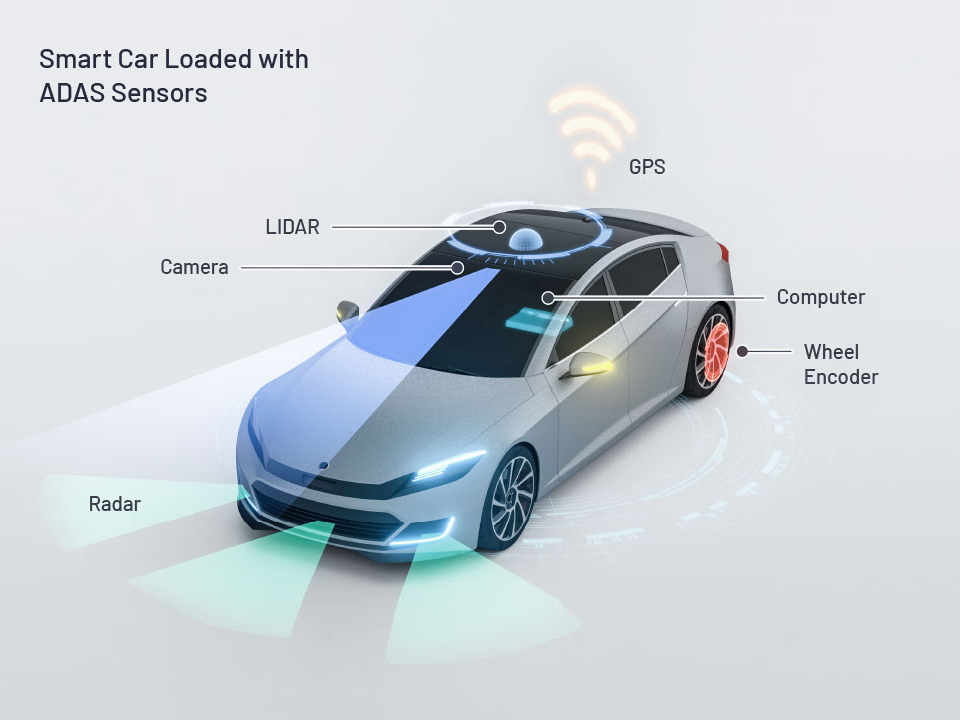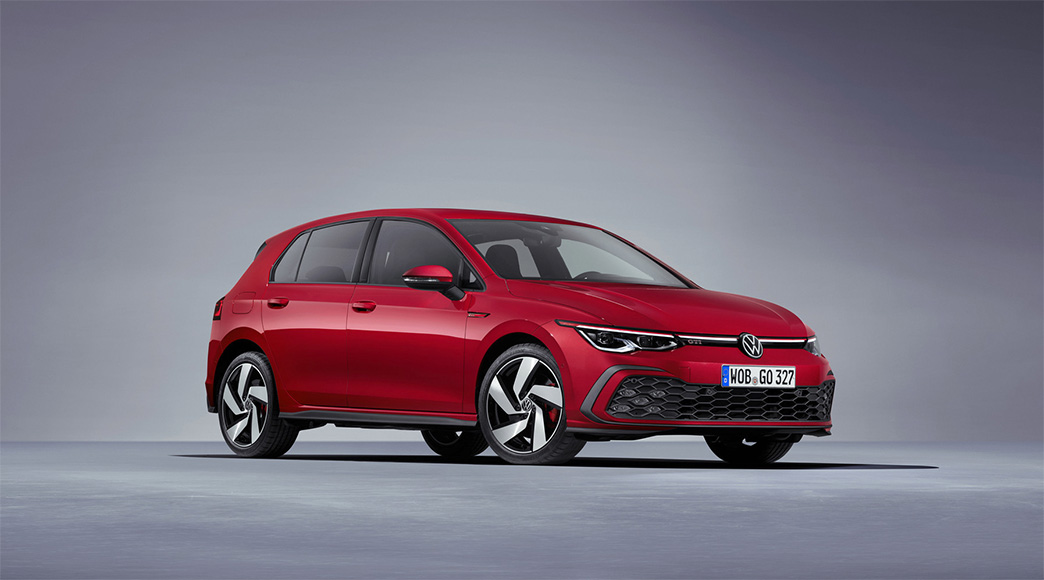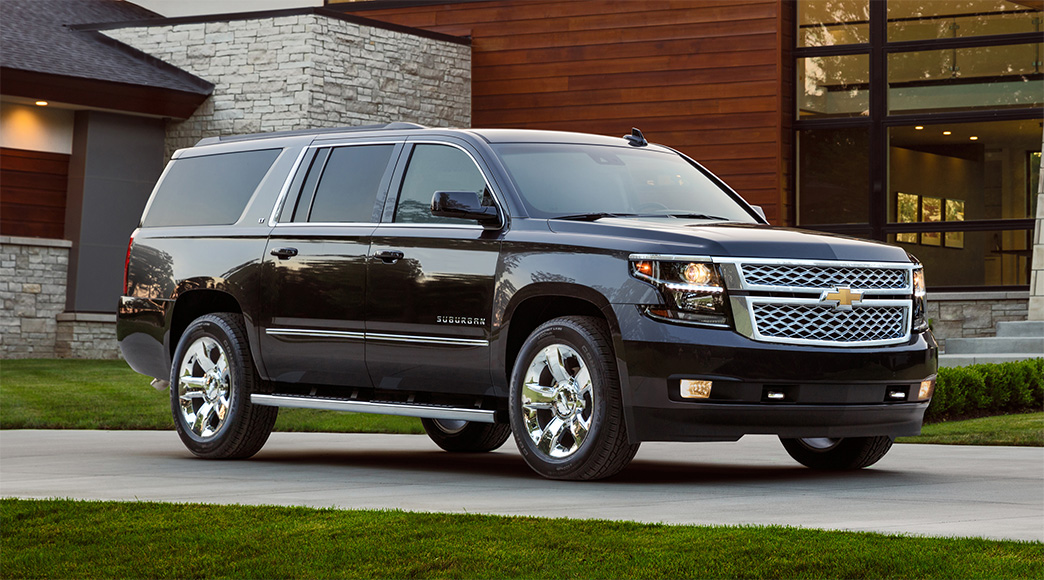Tesla Autopilot Explained – The Future of Safer, Smarter Driving
Tesla’s autopilot system is a game-changer for the future of driving. Not only does it have the potential to make driving safer. But it could also lead to a drastic reduction in traffic Congestion. The system is still in its early stages, but it has already demonstrated its potential to change the way we think about transportation.
The autopilot system is based on a network of sensors and cameras that constantly monitor the surroundings. The system is constantly learning and improving its ability to navigate through traffic.
One of the most impressive things about the autopilot system is its ability to handle complex situations. For example, the system is designed to automatically change lanes if it detects a car in front of it that is driving slowly.
Tesla’s autopilot system is just one example of how AI is changing the future of driving. In the coming years, we can expect to see more and more AI-powered systems that make driving safer and more efficient.
1. What is Tesla’s autopilot system?
Tesla’s autopilot system (ADAS) is a driver assistance system that is designed to help drivers with certain tasks such as steering, braking, and changing lanes. The system can be used on highways and city streets, and it is constantly learning and improving as more data is collected. The goal of the autopilot system is to eventually make driving an effortless experience for all drivers. The system uses a combination of sensors, cameras, and radar to detect and track other vehicles, lane markings, and obstacles on the road.
While the autopilot system hasn’t been perfected, it has the potential to transform the way we think about transportation. The system can greatly reduce the workload of the driver, especially in stop-and-go traffic on long highway trips. As the system continues to evolve, we may see more and more cars on the road with autopilot capabilities.
2. How does it work?
Tesla’s Autopilot system uses a combination of cameras, radar, ultrasonic sensors, and GPS to provide advanced safety and convenience features in Tesla vehicles. The system uses these sensors to detect the surrounding environment, including other vehicles, road markings, and obstacles and adjusts the vehicle’s speed and position accordingly. The computer system then uses this data to create a 3D map of the surrounding area. The autopilot system is constantly monitoring the data from the sensors and map to make sure the car is staying on course and that there are no potential hazards in the way.
Some features of the Autopilot system include adaptive cruise control, lane centering, and the ability to change lanes on the highway. The system also uses advanced algorithms to process sensor data and make real-time decisions about vehicle behavior. However, it is important to note that Autopilot is not a fully autonomous driving system and requires the driver to remain alert and ready to take control of the vehicle at any time.

3. What are the benefits of Tesla’s autopilot system?
The benefits of Tesla’s autopilot system are many. The system can help to prevent accidents, make driving less stressful, and even improve fuel efficiency. In addition, the system can provide a level of convenience and luxury that is impossible with traditional car systems.
Tesla’s autopilot system is constantly monitoring the environment around the car and can make decisions to avoid potential hazards.
The benefits of Tesla’s Autopilot system include:
- Improved safety: The autopilot system uses advanced technology like cameras, radar, ultrasonic sensors, and GPS to constantly monitor the surroundings and help the vehicle navigate safely on the road.
- Increased comfort: The autopilot system can perform tasks like accelerating, braking, and steering, making the driving experience more relaxed and convenient.
- Enhanced convenience: The autopilot system can perform tasks like changing lanes, navigating exits and intersections, and parking, freeing up the driver’s attention and reducing the need for manual intervention.
- Improved efficiency: The autopilot system can optimize the vehicle’s speed and route, helping to reduce energy consumption and improve overall driving efficiency.
- Enhanced features: Tesla’s autopilot system is constantly updated with new features and capabilities, making the driving experience more enjoyable and convenient.
4. How will the system change the future of driving?
Tesla’s Autopilot system has the potential to greatly change the future of driving by making vehicles safer, more convenient, and more enjoyable to operate. Here are a few ways this technology could shape the future of driving:
- Increased adoption of electric vehicles: Tesla’s Autopilot system is exclusively available on Tesla electric vehicles. As technology continues to evolve and improve, it could encourage more people to switch to electric vehicles.
- Improved road safety: The Autopilot system is designed to assist drivers in avoiding accidents and keeping themselves and others on the road safe. As technology continues to advance, it’s possible that autonomous driving systems will become even more effective at preventing accidents.
- Reduced traffic congestion: Autonomous driving systems could help to reduce traffic congestion by improving the flow of traffic and reducing the number of accidents on the road. This could lead to faster, more efficient, and more reliable travel times for everyone on the road.
- Increased mobility for all: Autonomous driving systems could make driving easier and safer for people who are unable to drive, such as the older people, disabled, or visually impaired. This could improve mobility and independence for these groups, and help to reduce the need for costly and time-consuming transportation options such as taxi or ride-sharing services.
- Changes in the transportation industry: Autonomous driving systems could also have a major impact on the transportation industry, potentially reducing the need for professional drivers in some areas and leading to the development of new transportation services and business models.

Overall, Tesla’s Autopilot system has the potential to greatly change the future of driving, making vehicles safer, more convenient, and more enjoyable to operate.
5. Conclusion
In conclusion, Tesla’s autopilot system is changing the future of driving. The autopilot system is an advanced driver assistance system that helps drivers with tasks such as lane keeping, lane changing, and speed control. The benefits of Tesla’s autopilot system include increased safety and efficiency. Tesla’s autopilot system will change the future of driving by making it easier and safer for drivers to get from point A to point B.
More following to other related posts.
See more:
some products to protect your key fob:
We hope the above article helped you understand more about the Tesla tutorial reduces the cost of charging a tesla. Please leave your comments below the comment section. Feel free to contact us for more information!






 How to use Volkswagen Remote Start key – Step-by-Step Guide
How to use Volkswagen Remote Start key – Step-by-Step Guide How to Connect Volkswagen with Android Auto – Completely Guide
How to Connect Volkswagen with Android Auto – Completely Guide How to Connect Apple CarPlay with Volkswagen – Full Guide for iPhone Users
How to Connect Apple CarPlay with Volkswagen – Full Guide for iPhone Users Pairing Bluetooth with Volkswagen – A Simple Guide
Pairing Bluetooth with Volkswagen – A Simple Guide How to Recall Chevrolet Memory Seats in Settings – Advanced Tips
How to Recall Chevrolet Memory Seats in Settings – Advanced Tips Chevrolet Automatic Climate Control – What It Does & How to Use It
Chevrolet Automatic Climate Control – What It Does & How to Use It


